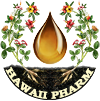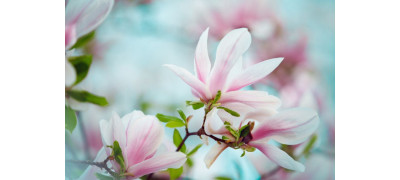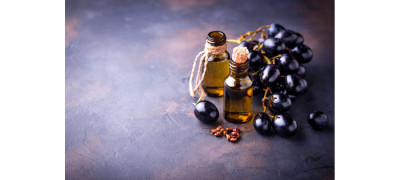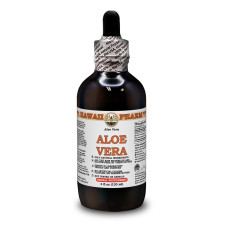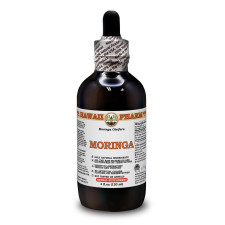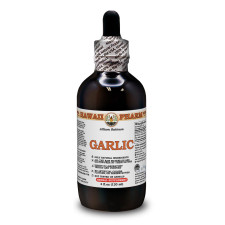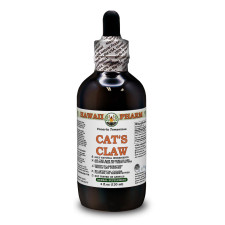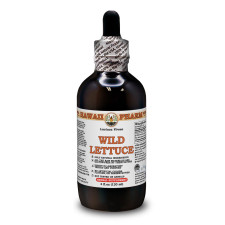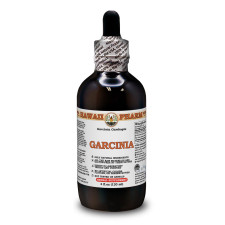- Home
- Alcohol Herbal Extracts
- Alcohol-FREE Herbal Extracts
- Veterinary Herbal Extracts
- Partnership
Partnership
We are open for cooperation with all interested persons or organizations. We have plenty of partners from all around the world and are looking for a long-term cooperation with new ones. At the present time we offer the following cooperation models:

WHOLESALER
We offer up to 30% discounts for wholesalers. The exact discount amount is dependent on your order amount, quantity and size of items. Minimum order amount is $300.

PRACTITIONER
Only for licensed practitioners! Create an account as practitioner and get special exclusive promotions. This kind of account is required manual approve.

AFFILIATE PROGRAM
Do you recommend us to your friends, family, colleagues and/or clients? If so: Thanks! We really appreciate it! Join our affiliate program. It’s by far the best way to monetize your Twitter or Facebook page, blog, or website.
- Blog
- Contact Us
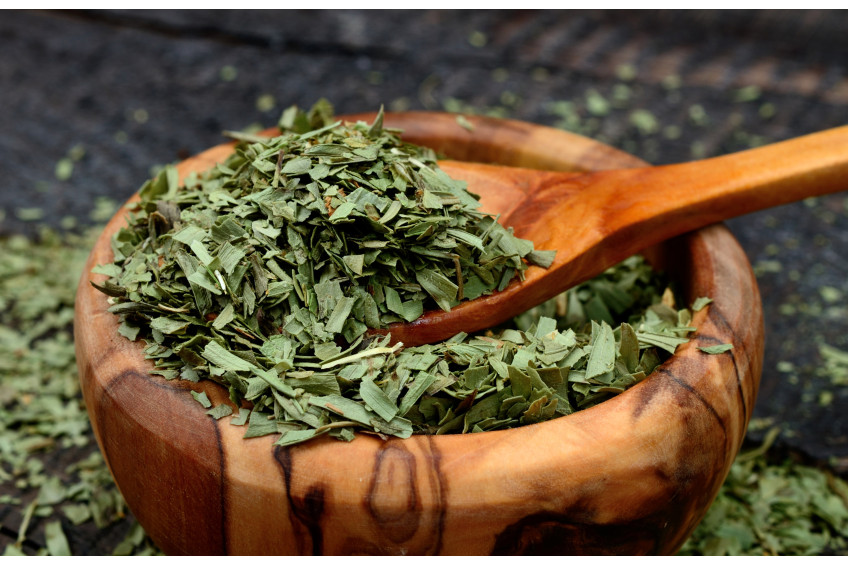
TARRAGON: A CULINARY AND BOTANICAL GEM
Tarragon, also known by its botanical name, Artemisia dracunculus, is a versatile herb cherished by chefs and herbal enthusiasts alike. Not only does it lend a distinctive flavor to culinary dishes, but it also boasts a rich tapestry of history and potential health benefits. In this article, we'll delve into the botanical characteristics, chemical composition, historical significance, and general health benefits of this remarkable plant.
Botanical Characteristics
Artemisia dracunculus is a perennial herb that belongs to the Asteraceae family. Native to vast regions of the Northern Hemisphere, tarragon can grow up to 150 cm tall. The plant features slender, branched stems with glossy, lance-shaped leaves. During the summer, the plant produces tiny, pale-green flowers that are arranged in dense panicles. Although the flowers are less prominent than its leaves, they are a vital part of its reproductive system.
There are two primary varieties of tarragon: French and Russian. The French variety (Artemisia dracunculus var. sativa) is the one preferred in culinary use due to its more pronounced aromatic properties, while the Russian variety is milder in flavor.
Chemical Composition
Tarragon's unique flavor and potential health benefits can be attributed to its rich chemical composition. Some key compounds found in tarragon include:
Estragole: This is the primary compound responsible for tarragon's signature anise-like aroma.
Methyl eugenol: Another aromatic compound, which lends a spicy note to the herb.
Phenolic compounds: Such as gallic acid, which have antioxidant properties.
Flavonoids: These compounds, including quercetin, contribute to the potential health benefits of tarragon.
Historical Facts
The name 'tarragon' is derived from the Latin word 'dracunculus', which translates to 'little dragon'. This could be in reference to the coiled roots of the plant or possibly ancient beliefs regarding its healing properties. Historically, tarragon was revered for its potential to heal snake bites, which might have led to its association with dragons.
During the Middle Ages, tarragon was used as a remedy for various ailments. Its use as a culinary herb became popularized in France, where it became a staple in traditional dishes and sauces, earning it the nickname "the king of herbs".
General Health Benefits
While tarragon should not be considered a replacement for medical treatments, some general health benefits have been attributed to its use:
Antioxidant Properties: The phenolic compounds and flavonoids in tarragon can help neutralize free radicals in the body, potentially reducing oxidative stress.
Appetite Stimulation: Traditionally, tarragon has been used to stimulate the appetite, making it a useful herb in culinary applications.
Digestive Aid: Anecdotal evidence suggests that tarragon might help in soothing minor digestive discomforts.
Sleep and Mood: Some individuals believe that consuming tarragon can aid in sleep and potentially help uplift mood.
Indications for Use
Tarragon is best known for its culinary applications. Its distinctive flavor complements a range of dishes, including chicken, fish, eggs, and vegetables. It's a cornerstone of French cuisine, particularly in sauces like béarnaise.
Moreover, as a herbal remedy, tarragon has been used as a mild sedative, appetite stimulant, and for promoting overall well-being. When using tarragon for its potential health benefits, it's crucial to ensure moderation and consult with a health expert, especially if one is pregnant, nursing, or on medication.
In conclusion, tarragon is not just a flavor enhancer but a botanical marvel with a rich history and potential health benefits. Its delicate aniseed flavor and aromatic scent make it a cherished herb in kitchens around the world, while its storied past and traditional uses add to its allure. Whether you're savoring it in a gourmet dish or exploring its holistic benefits, tarragon undoubtedly stands out as a plant of distinction.
TENDER MAGNOLIA
The flowers can be used to make essential oil. Magnolia essential oil is used to calm nerves. The bark and flower buds are used in China...
IMPRESSIVE GRAPES
Grapes are native to Asia near the Caspian Sea, but they were brought to North America and Europe. This plant's climbing vine has large, jagged leaves, and its stem bark tends to peel. The grapes may ..
Get exclusive deals you will not find anywhere else straight to your inbox!
Subscribe / UnsubscribeCookies policy
 We use cookies and similar technologies that are necessary to operate the website.
You can consent to our use of cookies by clicking "Accept..."
We use cookies and similar technologies that are necessary to operate the website.
You can consent to our use of cookies by clicking "Accept..."
Get exclusive deals you will not find anywhere else straight to your inbox!
Subscribe / UnsubscribeWe meticulously produce our extracts according to precise standards where each herb is extracted according to the distinct characteristic of each plant! Hawaii Pharm LLC offers the biggest choice of liquid herbal extracts in the World!

Hawaii Pharm LLC - Nature Heals. Highest Quality Herbal Products Since 2008.


